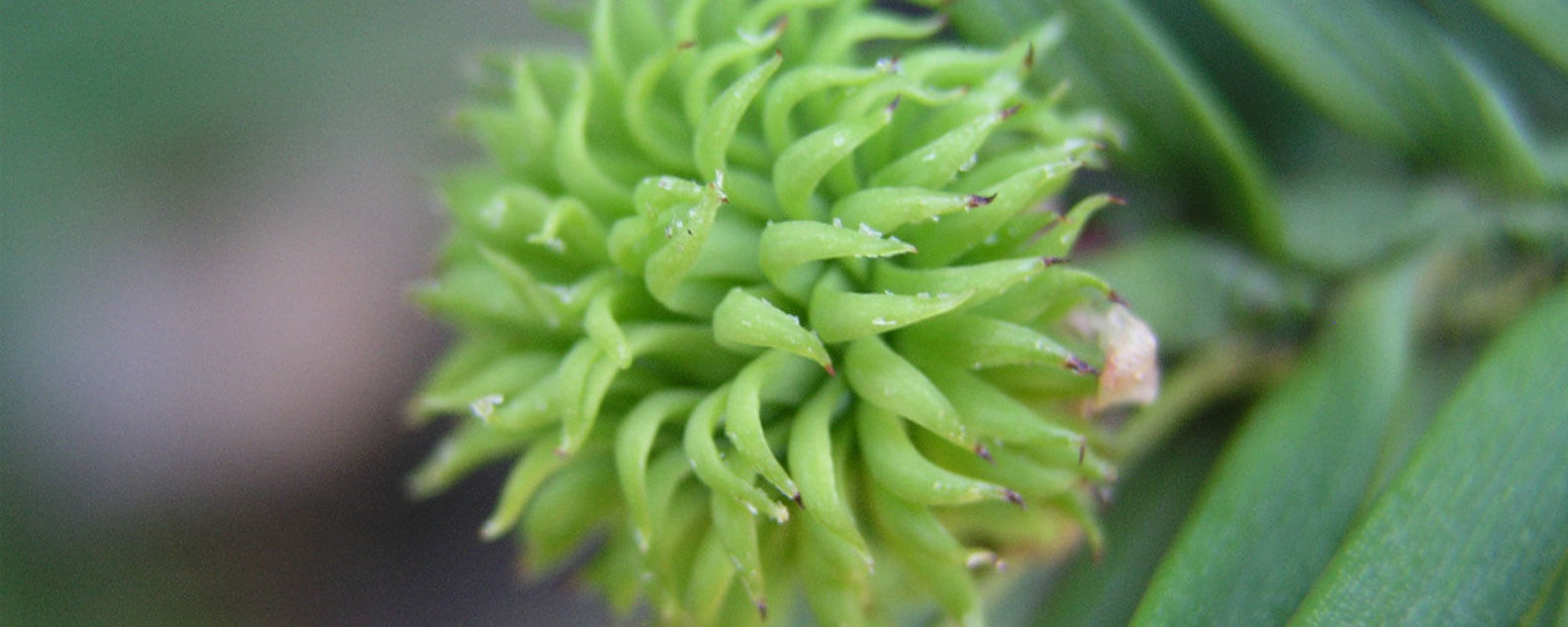Wollemi Pine - the life cycle
Explore the life cycle of the Wollemi Pine below by clicking on the 'hotspots'.

Seed germination
Observations in the wild and laboratory experiments show that the Wollemi Pine sheds seeds in summer and early autumn when temperatures are high. We found that Wollemia nobilis seeds germinate especially well when exposed to light and in temperatures 24°C–30°C.
Seedling growth
The average number of branches produced was 5-17 in the first year, 25-36 in the second year and 24-30 in the third year giving a total of 60-77.

Wollemi Pine Seedling Growth Experiments under different light conditions (from left: less light, to the right: highest amount of light).
Watch this video to discover more about the life cycle of the Wollemi.
Plant profile: Wollemi Pine
Science of the Wollemi Pine
In collaboration with other science agencies, the Botanic Gardens' research aims are:
To understand how the Wollemi Pine grows in the wild and in cultivation
To investigate its germination requirements and seedbanking potential
To bank seeds in the PlantBank, for long-term storage for conservation
Providing plants for display, interpretation and reintroduction
Passing on lessons learned to the wider community.
Watch Dr Cathy Offord describe some of the early research into the Wollemi Pine.
Wollemi Pine journey

